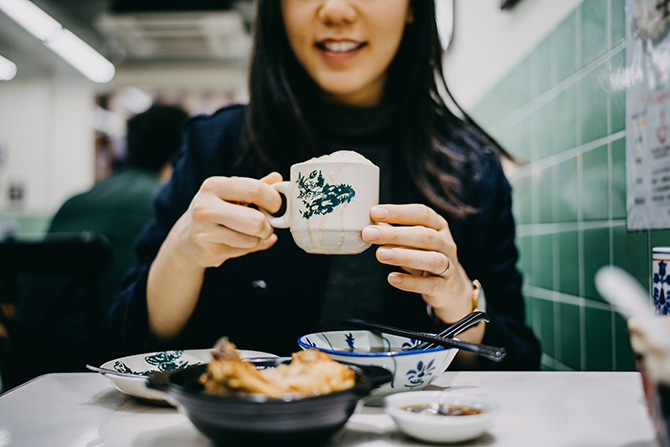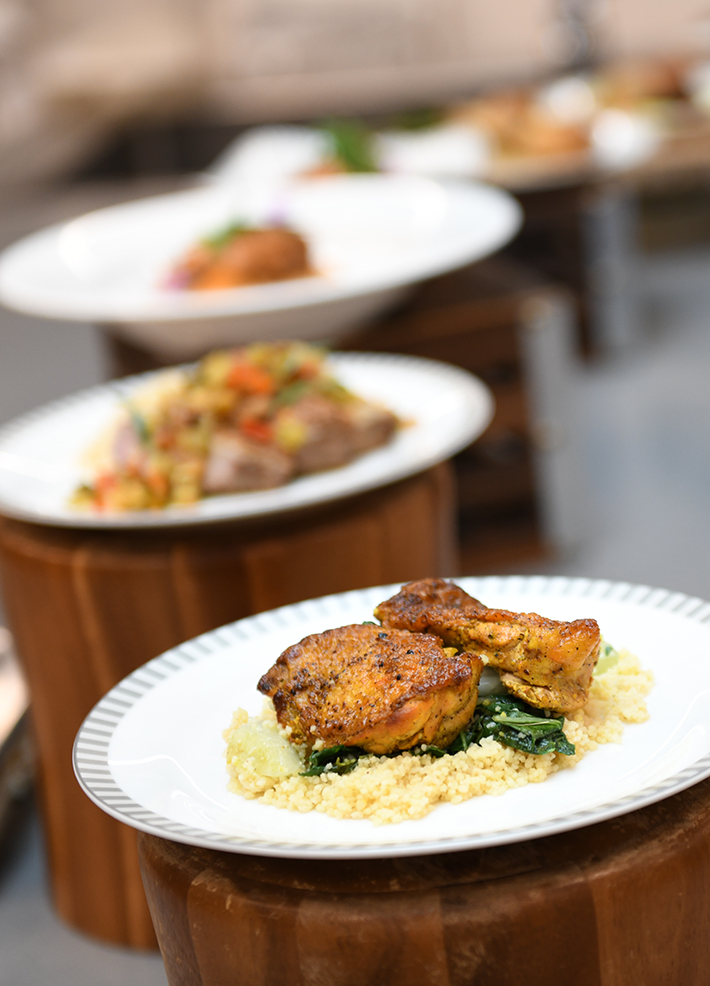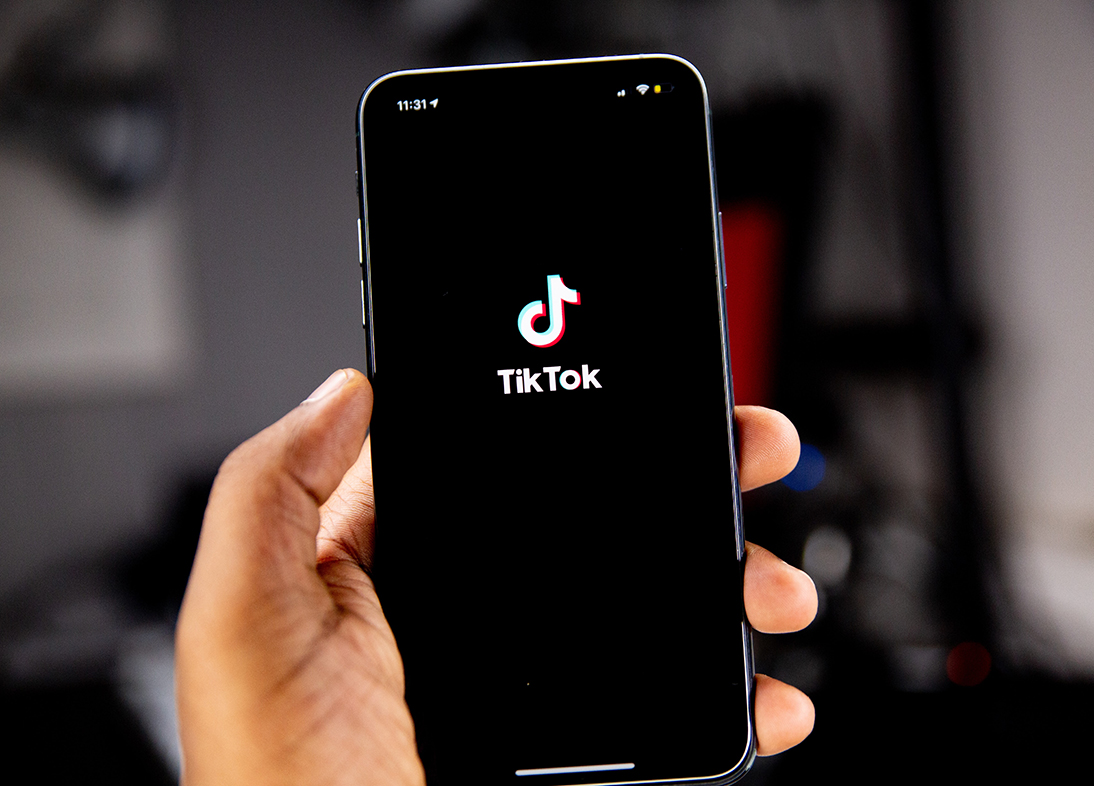Hawker foods in Singapore: What millennials can do to save and preserve our city’s heritage grub
Preserving Singapore's best foods
- 01.07.2019
- By Janice Sim
Growing up, my father was a hawker at Marine Parade. The humble stall (no more than 40 square feet) became the place where my siblings and I spent most of our evenings, taking in copious bowls of laksa, meesiam and prawn noodles. For as long as I remember, he was up as early as 7am and only came home at 10pm everyday — with the exception of having a day off every week. He inherited the business (together with my uncle who was in charge of rojak and popiah) from my late grandfather, and knew nothing else — except to cook and serve, in order to support the whole family.
From where I stood, it was a physically demanding and mentally draining job. Essentially, you’re on our feet almost for the entire day, mulling over intensely hot stoves, and exposed to the occasional burns. However, I can’t truly say that, because I wasn’t the one going through it. My father had no expectations or hopes for any of us to take over the business, probably because we were assumed to use our university degrees (which he so paintstakingly supported), for “better and more comfortable” jobs that demanded a higher level of intellectual ability.
View this post on Instagram
A post shared by Janice Yael Sim (@shimglint) on Jul 22, 2017 at 6:31pm PDT
Fast forward to the present day, and he celebrated his retirement just last year. It was a bittersweet moment, where we said goodbye to the shoddy spot — the reason we could be who we wanted to be today. My father’s humble craft made us, and has made me proud to be a hawker’s daughter, as well as of Singapore’s diverse food scene. But this thought does creep in every now and then: If every hawker stall was to close like how my father’s did — whether it be because of up or poor sales — would there be any left 50 years on? We’re talking open complexes decked with a plethora of foods, wafting wok smells at work, and where the dresscode reads slippers and shorts.
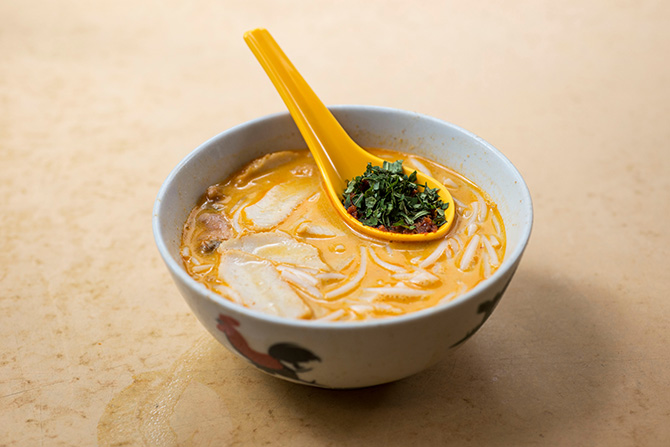
In the last five years of my father’s hawker career, the business took a gradual decline. Good days were good, while bad days were really bad. As compared to the earnings when I was still a child, sales was disappointing when juxtaposed to his hard work and laborious efforts. His food didn’t change, the people did. Or rather a shift in today’s landscape of millennials — who seem to have the most power when it comes to consumerism.
With the influx of cosy cafes, third-wave coffees, high-end restaurants colonising most of our neighbourhoods, it’s easy to see why the cool kids of our generation don’t think about setting up meetings or catch-ups at a hawker centre. It’s neither glamourous nor is it sexy. Well, now that we’re talking about it, local food doesn’t seem to be sexy at all. It’s delicious, and of course, economical.
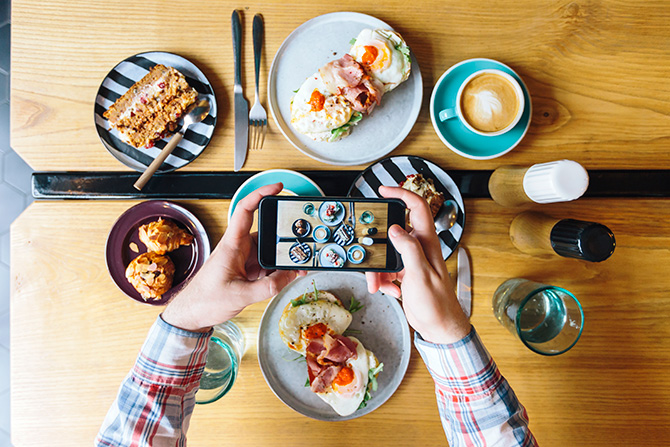
But that’s the whole problem of it, we pound our chests and proudly proclaim our love and pride for our local foods, but refuse to spend anything over more than $10 for it at a hawker centre. Last time I checked, a brunch platter of microwaved sausages and bacon, scrambled eggs, sourdough and baked beans meant shelling out $22 dollars. Or rather, Singaporeans simply feel more inclined to pay more money for a cuisine that isn’t their own. They might also justify coughing up $32 for laksa pasta, as compared to a bowl of traditionally-made laksa, with the same quality and amount of seafood. Have we been missing something?
With the rising costs and emerging food trends of Singapore, how and why would prices not hike up in a food marketplace? More importantly, why would future hawkers be motivated to venture and take over the family business with a certainty that their futures aren’t in the bag? Wilin Low of Po at The Warehouse Hotel and the now-defunct Wild Rocket addressed the underlying issue.
“When we opened Po, newspapers were saying that it was so expensive. One popiah works out to be about $7 when you can get it for $1.50 elsewhere. I think that’s really irresponsible, because it’s a different product (filled with quality ingredients). If we keep thinking that local food should be cheap, then the young ones will not take up this trade. Why will I want to learn how to make popiah? It takes so much effort to do it and people are only willing to pay $1.50 for it.”
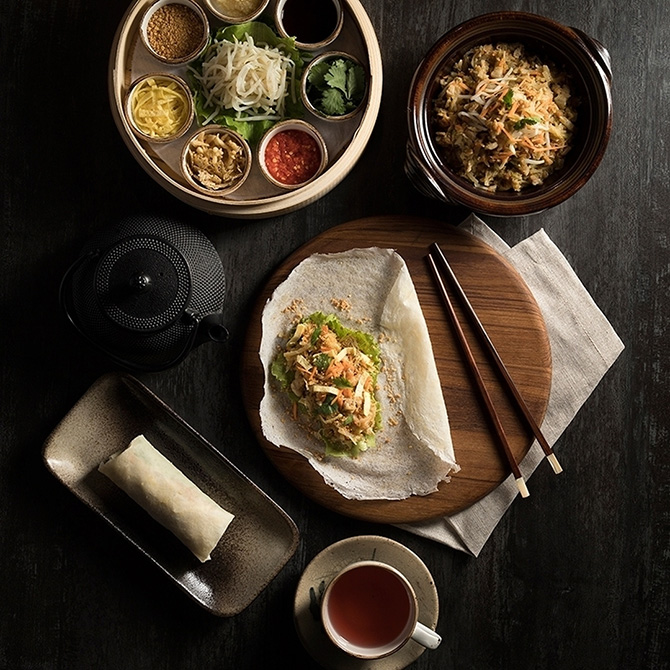
In the past few years, our city has taken notice of the seemingly desolated future of our beloved street eats. Papers and countless of publications made sure to glorify second-generation generations that succeeded their family businesses even with a university degree. As inspiring as these stories are, they are but a dime in a dozen. Earlier this year in March, Singapore officially submitted its nomination to inscribe ‘Hawker Culture’ in Singapore on the UNESCO Representative List of Intangible Cultural Heritage of Humanity. The reason behind it? To safeguard the future of hawker vendors.
“Everyone has a part to play in the safeguarding efforts of our hawker culture. Singaporeans are all key players in the hawker culture ecosystem. It is important that we continue to value, support and patronise our hawkers to ensure that the hawker trade is sustainable for years to come,” comments The National Heritage Board, National Environmental Agency and The Federation of Merchant’s Association.
According to aforementioned authorities, down the road, more steps will be implemented to ensure more accessibility for new hawker centres. They will be paired with amentities like community hubs and transport nodes, but only if there’s a booming market to even exist in the next ten years. Ultimately, the survival of our city’s most authentic and heritage-born foods is dependent on the people to cook them.
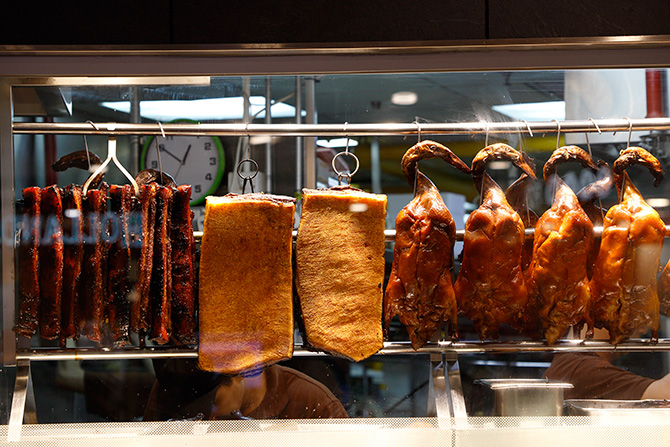
So here’s a plea: If you love your morning breakfast of nasi lemak and fried beehoon, easily paired with soft-boiled eggs that come in a small pail, support the hawkers. If you adore chicken rice glistened with chicken fat on a plate, support the hawkers. If you’re a fan of late-night barbecued seafood, support the hawkers. At this instant, not when you’re searching frantically for a local wanton mee stall, only to find that there’s none left in your neighbourhood. There can never be a better time than now.
ADVERTISEMENT. CONTINUE READING BELOW
